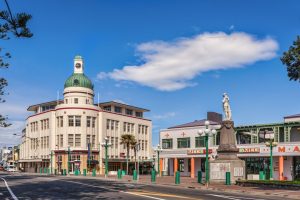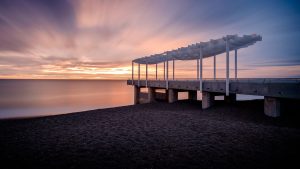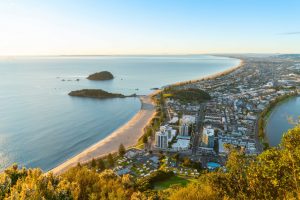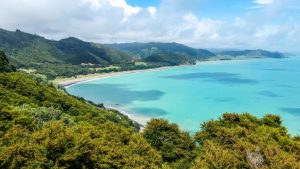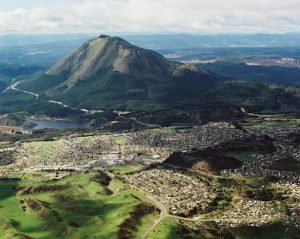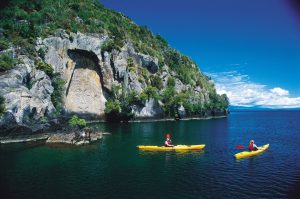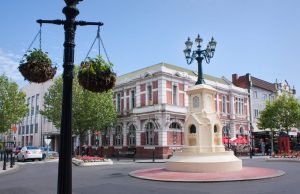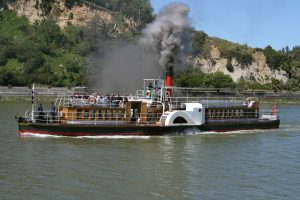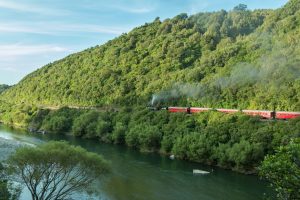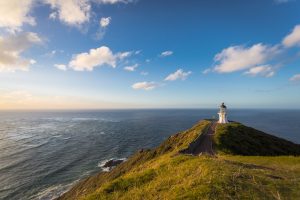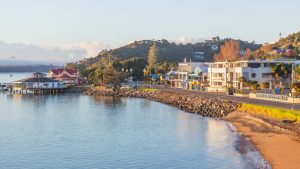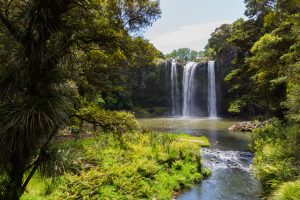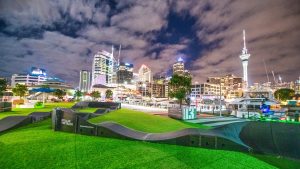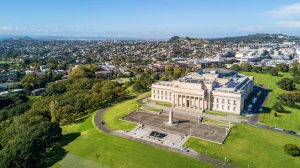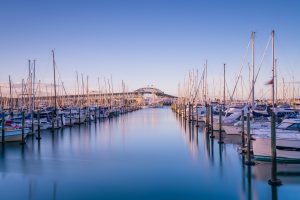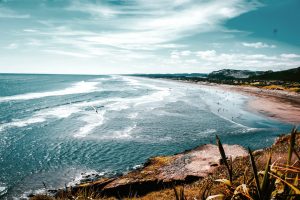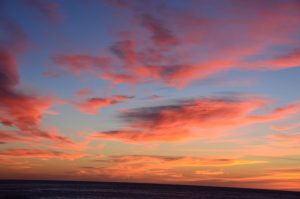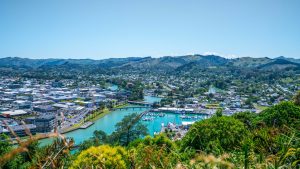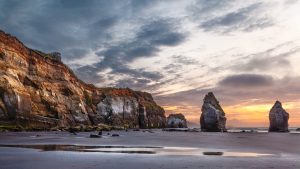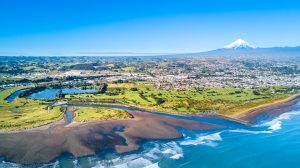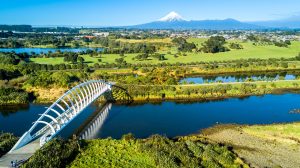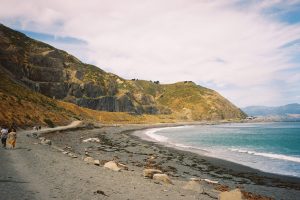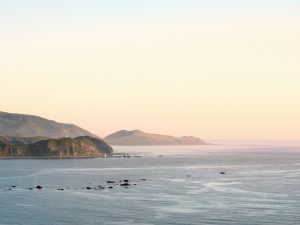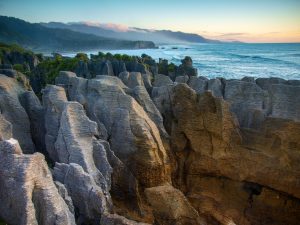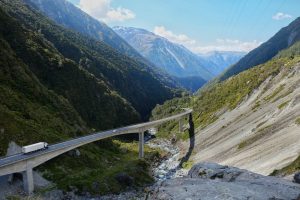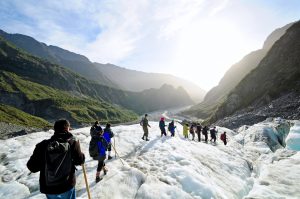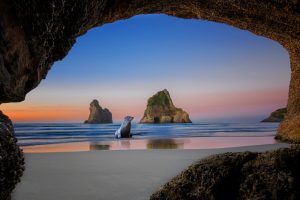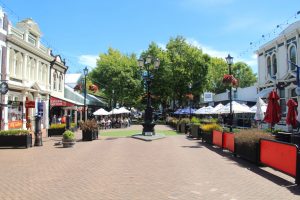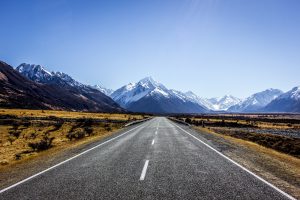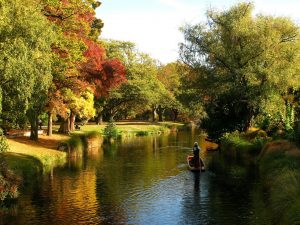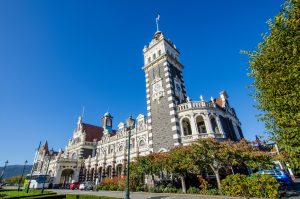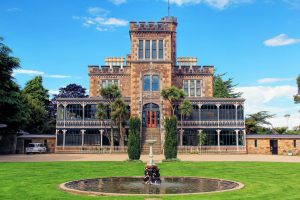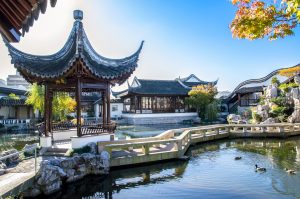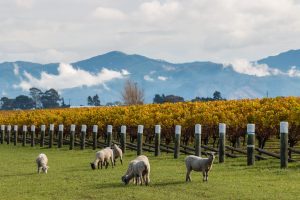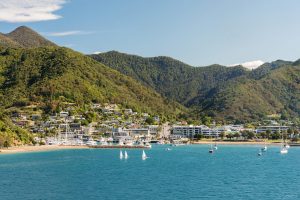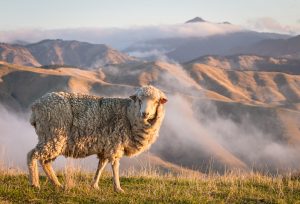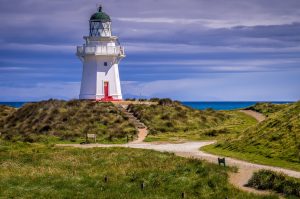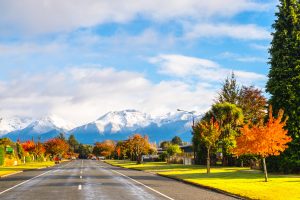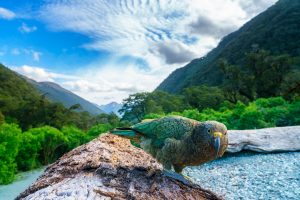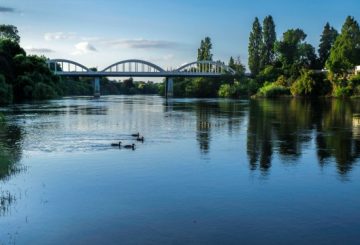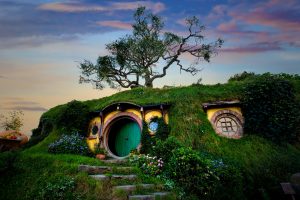Buying a car
Buying a used car in New Zealand can be a cost-effective transport option if you’re planning on visiting for a few months or more.
When buying a car with the purpose of selling it at the end of your visit, don’t pay more than you are willing to lose – you may not end up selling it for much. Because of the mass import of Japanese-made cars, you should be able to pick up a reasonable set of wheels for between $1000 and $3000. The risk that you take when you buy a used car in New Zealand is that you won’t know its history, so it’s important to take some time to inspect it properly and check out the paperwork.
There are a variety of ways to buy a used car in New Zealand.
Required paperwork:
Warrant of Fitness (WOF)
Check that the car has a current Warrant of Fitness (WOF). This means that the car has been checked and is deemed fit and safe to drive on the roads.
WOF tests have to be conducted on old cars every six months. The date of the next WOF is displayed on a sticker on the windscreen of every car in New Zealand. Check that this sticker is still valid when you are looking at buying a car.
You can buy the car ‘as is where is’, but under this option you’ll need to drive the car directly from where you buy it to a garage or inspection station to get a warrant. It is likely you will need to pay for repairs to get the car up to warrant standard.
Registration
This is a road tax and is displayed on the windscreen of the car. A car’s registration can be renewed at any post office or online.
Before you buy
Insist on having a full professional inspection before buying any used car. Most garages perform these inspections, or you can book a vehicle inspection with the Automobile Association (AA). Afterwards, both you and the seller will receive a report detailing any repairs that are needed.
It is also recommended that you get a car history check before you buy a vehicle. This will tell you if the vehicle has:
Car history checks can be bought instantly online at motorweb.
After you buy:
Both the buyer and seller are required to notify the New Zealand Transport Agency (NZTA) immediately after a vehicle is bought and sold. This is a straightforward and simple process you can do online here.
Insurance:
It is not compulsory in New Zealand to have car insurance. However, it is recommended that you get third party insurance at least so if you cause an accident, you are covered for any damage you cause to other cars.
Car Hire:
Rental car companies in New Zealand offer a wide range of vehicles available to suit any budget. You’ll find all the big names available as well as a number of local operators. Generally, the longer you hire the rental car, the cheaper the daily rate. There are depots in the main cities as well as in most of the regional airports throughout the country. One way hire is easy to organise but may include “one way fees”. Check this with the rental company before committing to a car rental agreement. Make sure your travel insurance covers rental car hire.
Driver licence
You can legally drive in New Zealand for up to 12 months if you have a current driver’s licence. If the licence is not in English, you must carry an accurate English translation.
You can also legally drive in New Zealand for up to 12 months if you have an International Driving Permit that is issued in English or translated into English, provided that you also carry the current driver licence that the permit is based on.
In New Zealand all drivers, including visitors from other countries, must carry their licence or permit at all times when driving. You will only be able to drive the same types of vehicles you are licensed to drive in your home country. The common legal age to rent a car in New Zealand is 21 years.
A translation of your overseas licence or permit can be issued by:
It is important to note that if you are caught driving without an acceptable English translation or an IDP, you may be prosecuted for driving unlicensed or for driving without an appropriate licence. You will be liable for an infringement fee of NZ$400, or up to NZ$1,000 if you are convicted in court.
The police also have the power to forbid an unlicensed driver to drive until they have an appropriate licence. If you continue to drive after being forbidden, the vehicle you are driving will be impounded for 28 days, at the vehicle owner’s expense. You may also risk not being covered by your insurance in the event of a crash.
Keeping Safe:
If you’re from overseas, New Zealand roads are probably different to what you’re used to. Distances may seem short on paper, but our roads can be narrower than you’re used to, cover hilly terrain, and vary from motorways to unsealed gravel roads.
For a safe and enjoyable driving experience while on vacation, make sure you’re familiar with the important New Zealand road rules below.:
Please click here for more information relating to New Zealand Road Rules.

